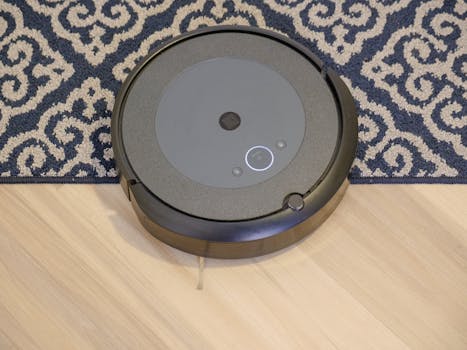
Smart Homes and Smart Living: The Technological Transformation of European Homes by 2025
Smart Homes and Smart Living are revolutionizing the way we live in European homes. By 2025, the technological transformation of homes will be unprecedented, with cutting-edge technology and innovative solutions changing the face of residential living.
Introduction to Smart Homes
Smart homes are residences that have advanced technology integrated into their infrastructure, enabling homeowners to control and monitor various aspects of their home remotely. This includes lighting, temperature, security, entertainment, and even appliances. With the advent of the Internet of Things (IoT), smart homes have become increasingly popular, offering a convenient, energy-efficient, and secure living experience.
The Future of Smart Living in Europe
By 2025, European homes will undergo a significant transformation, driven by technological advancements and changing lifestyles. Some key trends shaping the future of smart living in Europe include:
- Increased adoption of voice assistants and artificial intelligence (AI)
- Growing demand for energy-efficient and sustainable living solutions
- Expansion of smart home devices and IoT connectivity
- Heightened focus on home security and data protection
Technological Innovations Transforming European Homes
Several technological innovations are driving the transformation of European homes, including:
- Smart thermostats and climate control systems
- Advanced lighting systems with automated controls
- Intelligent security systems with biometric authentication
- AI-powered home assistants and voice control
- High-speed internet and 5G connectivity
Benefits and Challenges of Smart Homes
While smart homes offer numerous benefits, such as convenience, energy efficiency, and enhanced security, they also pose several challenges, including:
- Higher upfront costs and investment
- Dependence on technology and potential connectivity issues
- Data privacy and security concerns
- Integration with existing infrastructure and compatibility issues
Conclusion
In conclusion, the technological transformation of European homes by 2025 will be significant, with smart homes and smart living revolutionizing the way we live. As technology continues to advance, we can expect to see even more innovative solutions and integrations, making our homes more convenient, efficient, and secure.






